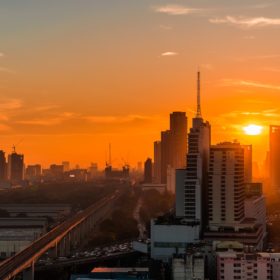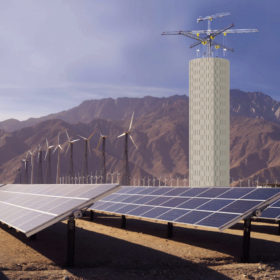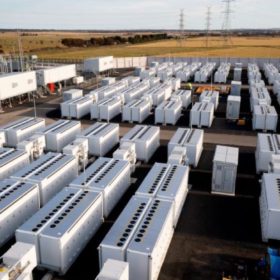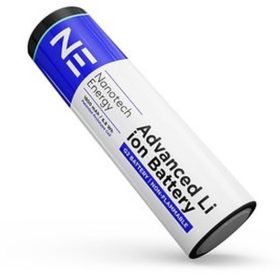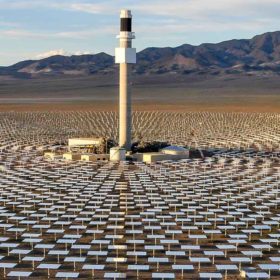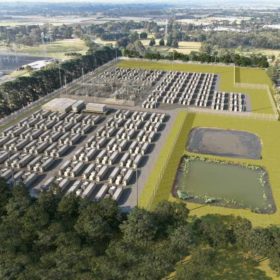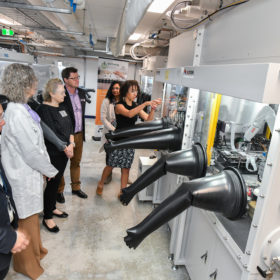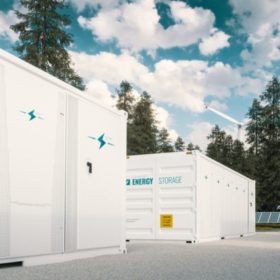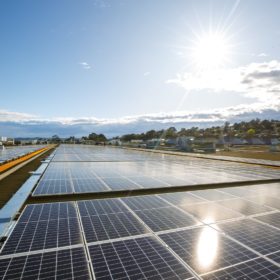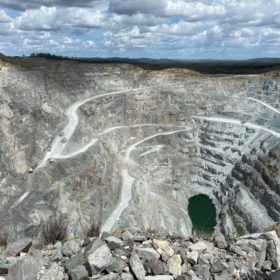Thailand introduces FIT scheme for solar, storage
In an unexpected move, the government of Thailand has introduced a feed-in-tariff (FIT) of $0.090 (THB 2.1679)/kWh over 25 years for solar and a 25-year FIT of THB $0.075 (THB 2.8331)/kWh for solar plus storage.
Proposed 330 MW Victorian solar farm opts for 500 MWh Swiss battery
Swiss energy storage company Energy Vault has been awarded the contract to supply the in development 330 MW Meadow Creek Solar Farm in Victoria with a 250 MW/500 MWh battery energy storage system.
Renewed calls for renewable energy storage scheme to address firming shortfall
A looming energy storage shortfall has promoted renewed calls from the renewable energy industry for a national renewable energy storage scheme. The scheme would consist of a series of large-scale project tenders designed to unleash desperately needed investment.
Non-flammable, graphene-based lithium-ion batteries approaching stationary storage market
US-based Nanotech Energy’s graphene battery uses proprietary electrodes with a thermally stable separator, and non-flammable electrolyte that is said to be inexpensive to manufacture. The technology is said to be superior in terms of safety and competitive in terms of cell performance.
Solar at night
Director of the Australian Solar Thermal Research Institute, Dominic Zaal, offers a deep dive into the capabilities of concentrated solar thermal technology, including what has been proven by global projects so far and how the all important Power Purchasing Agreements stack up.
Hong Kong finance fast tracks 1.9 GW battery, solar portfolio in Australia
Renewables developer Maoneng has teamed with Hong Kong-based real estate fund manager Gaw Capital Partners to fast track the development of a 1.9 GW portfolio of big battery and utility-scale solar PV projects in Australia.
Victorian university opens ‘advanced’ battery hub for testing and manufacture
Victoria’s Deakin University today launched its $10.3 million (USD 6.5 million) “world-class” facility for advanced battery design, fabrication and testing, in Burwood, a suburb in Melbourne’s east.
NSW government settles on site for ‘super’ battery
Australia’s largest network battery will be built at the site of the former coal-fired Lake Munmorah Power Station as the New South Wales government accelerates its plans to fill the gap created by the fast-tracked closure of the country’s biggest coal generator.
Flexibility as the key: Shell funded to transform energy demands of C&I sites
Shell Energy Australia has been awarded $9.1 million from the Australian Renewable Energy Agency to recruit at least 40 commercial customer sites, including shopping centres and supermarkets, to begin shifting how and when they use electricity – a demonstration of the potential of flexible demand.
Plan to turn spent gold mine into pumped hydro facility fast tracked by Queensland government
A plan to build a 2 GW / 20 GWh pumped hydro project in the pit of an old gold mine in southeast Queensland has been declared a ‘Coordinated Project’ by the state’s Coordinator-General, a mechanism intended to fast track the plan.
